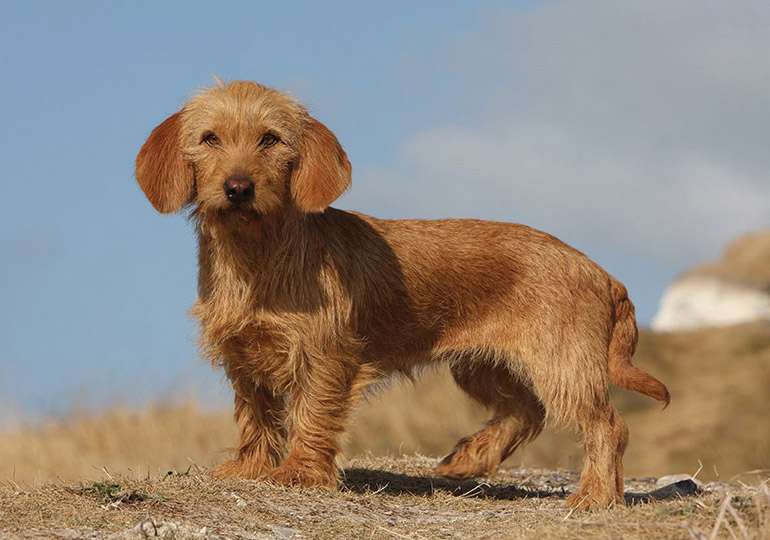
The Belgian shepherd is a medium-sized herding dog breed that originated in Belgium. It is often referred to as the Belgian Sheepdog or the Chien de Berger Belge. The breed is descended from a widespread variety of shepherd dog that can be found in Western Europe.
Physical Characteristics
The breed standard describes this dog as a medium-sized, athletic breed with a body geared for endurance; they typically weigh between 20 and 30 kilograms. The head of the breed is long and thin, and it features triangular, upright ears with rounded bases and a long, narrow, yet balanced nose. The breed’s forelegs are straight and well-boned; its hind legs are muscular and incredibly powerful; none of its legs are excessively heavy. The breed’s chest is deep but not overly broad; its neck is muscular, broadening at the shoulders with a slight arch at the nape; its tail is strong and medium-length, curving upwards slightly at the level of its knee.
Care as a Pet/ In Captivity

Grooming
The short, straight coat of the Belgian Malinois is weatherproof and has a thick undercoat. Generally speaking, just minimal grooming is required. To get rid of loose fur and avoid mats, schedule brushing at least once every week. In the spring and fall, when the weather changes, shedding frequently increases, calling for more frequent brushing.
About once per month, check to see if your dog’s nails need to be trimmed. If a dog naturally wears down their nails through exercise, such walking on pavement, they may require fewer nail trims in between. Aim to brush your teeth every day as well. To eliminate dead hairs and prevent their coat from looking scraggly, Belgian Malinois should be brushed once a week with a hard bristle brush.
Diet
Protein and carbs should make up a large portion of the adult Malinois’ diet because they will both help the dog’s metabolism and physical condition. The Malinois’ cardiovascular system will be strengthened by a reasonable amount of fat, and its entire diet will be complemented by fiber, vitamins, and minerals.
Make sure your dog has access to clean water at all times. Feed your dog a nutritious, high-quality diet; most owners feed their dogs twice daily. With respect to age, size, activity level, and other variables, talk to your veterinarian about the variety and quantity. To avoid overeating, make sure to include snacks in your dog’s daily caloric intake.
Exercise
A Belgian Malinois needs vigorous daily exercise as well as mental stimulation. Otherwise, it can experience anxiety or exhibit behavioral issues. Aim for one to two hours of activity each day, which can include brisk walks, running, hiking, and fetch. This breed is also a top choice for dog sports or any other activity that requires concentration and stamina to challenge both its mental and physical abilities.

Be warned that Belgian Malinois may have a propensity to chase bicycles, cars, and other moving items due to their herding instinct. Therefore, it must be restrained by a leash or kept in an enclosed space.
Table





